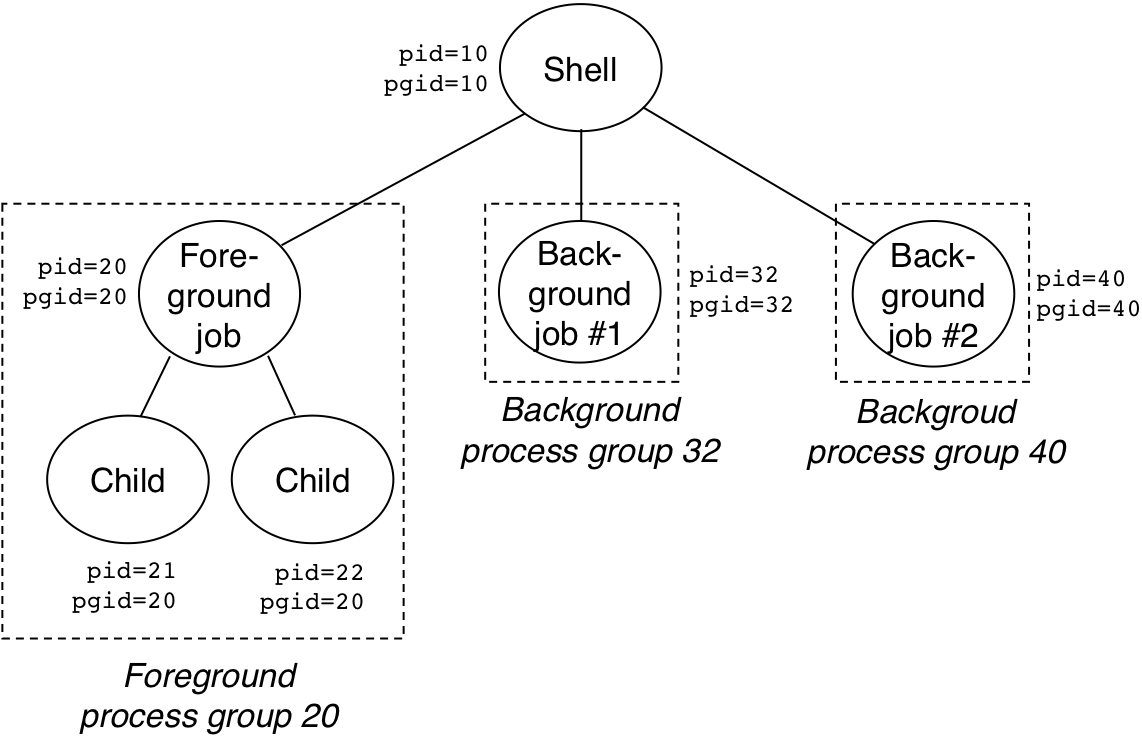


| CSC373/406: 8 [8/13] |    |
Figure 8.1: Anatomy of an exception.

Figure 8.2: Exception table.
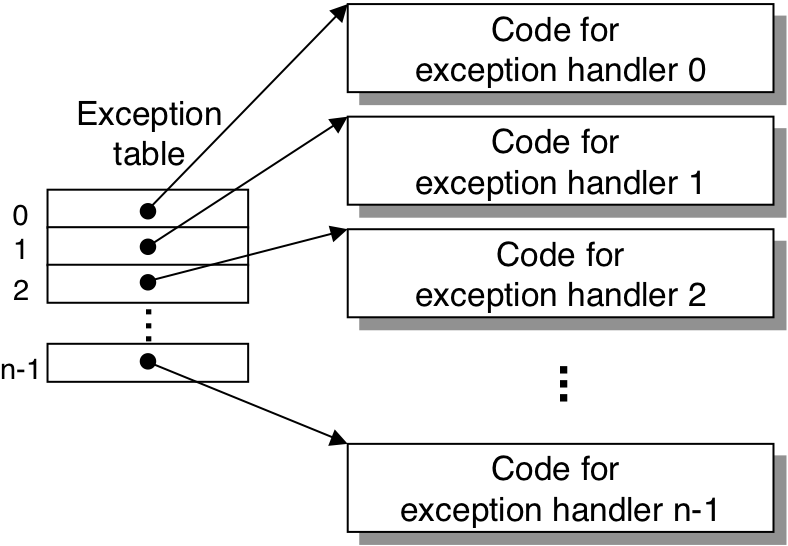
Figure 8.3: Generating the address of an exception handler.

Figure 8.5: Interrupt handling.

Figure 8.6: Trap handling.

Figure 8.7: Fault handling.

Figure 8.8: Abort handling.

Figure 8.10: Logical control flows.
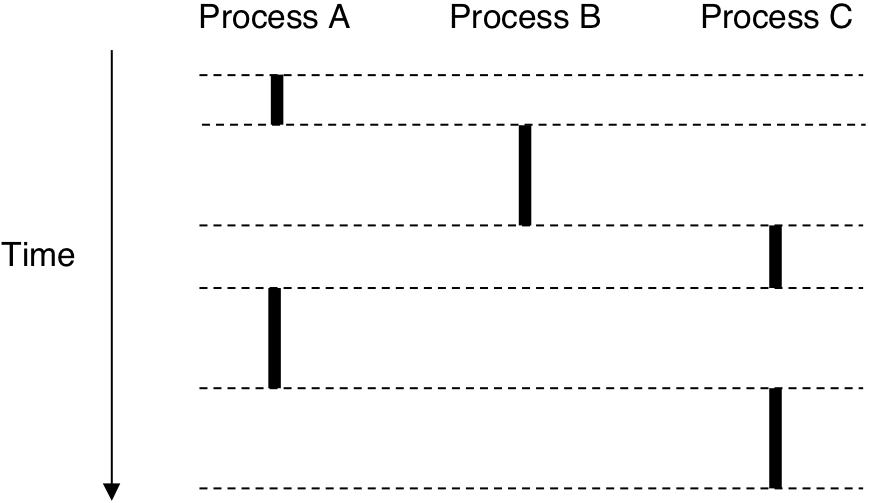
Figure 8.11: Process address space.
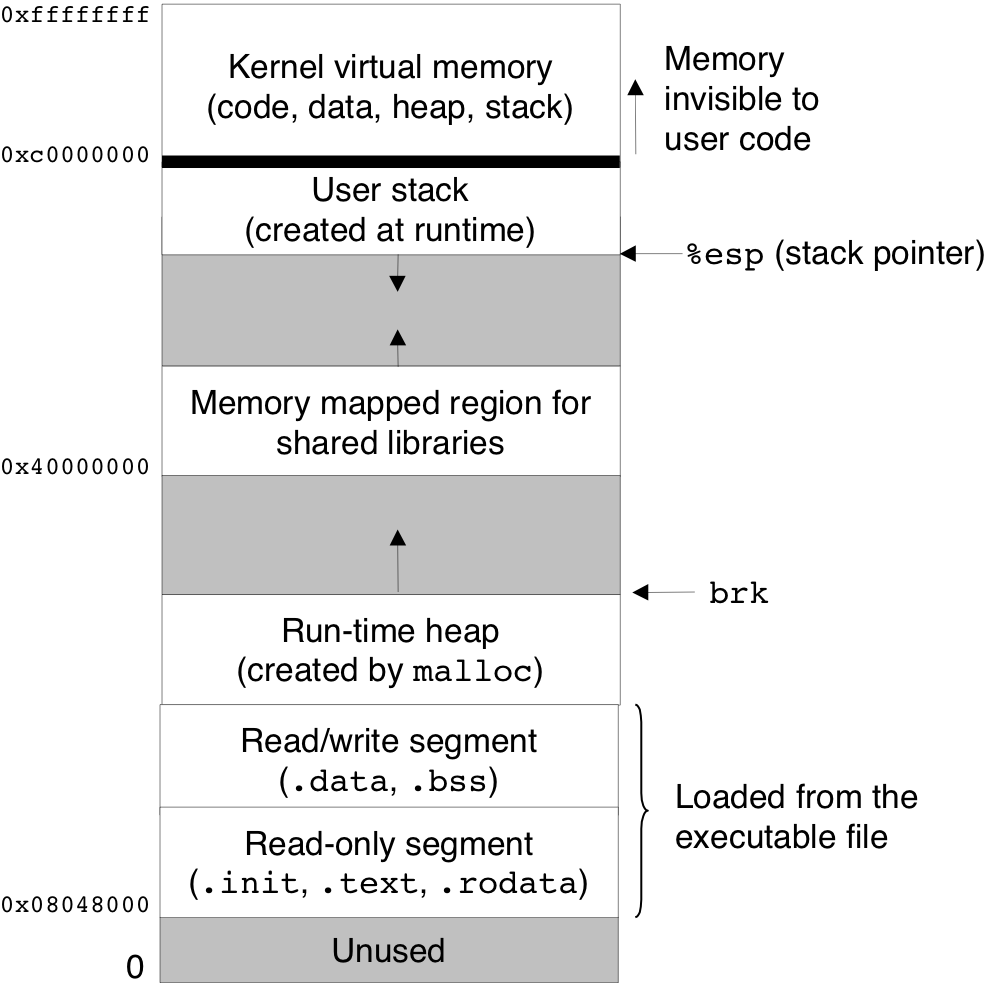
Figure 8.12: Anatomy of a process context switch.
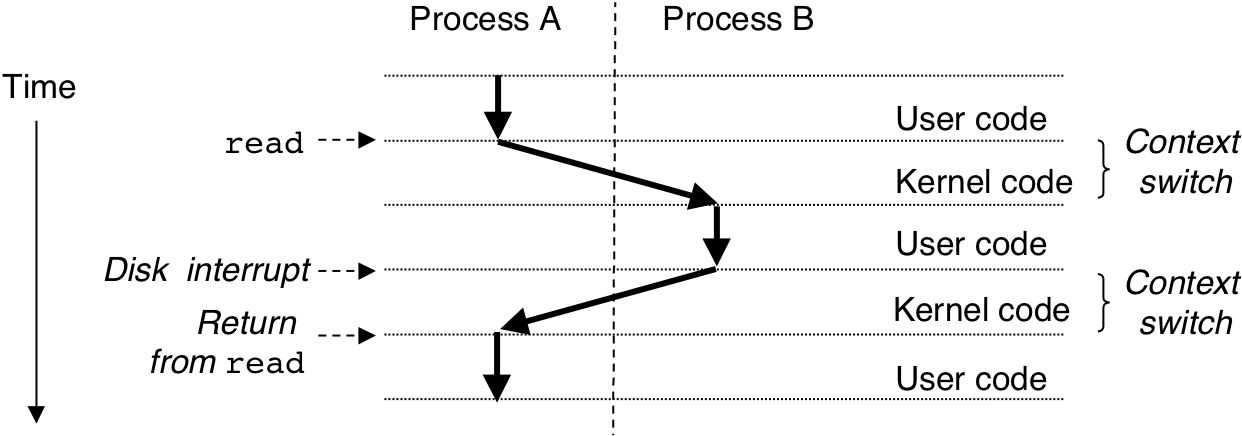
Figure 8.14: Examples of fork programs.
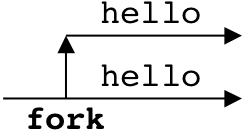
Figure 8.14: Examples of fork programs.
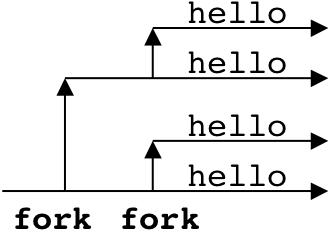
Figure 8.14: Examples of fork programs.
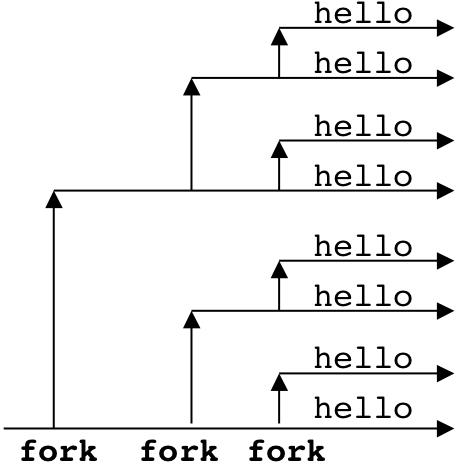
Figure 8.17: Organization of an argument list.

Figure 8.18: Organization of an environment variable list.

Figure 8.19: Typical organization of the user stack when a new program starts.
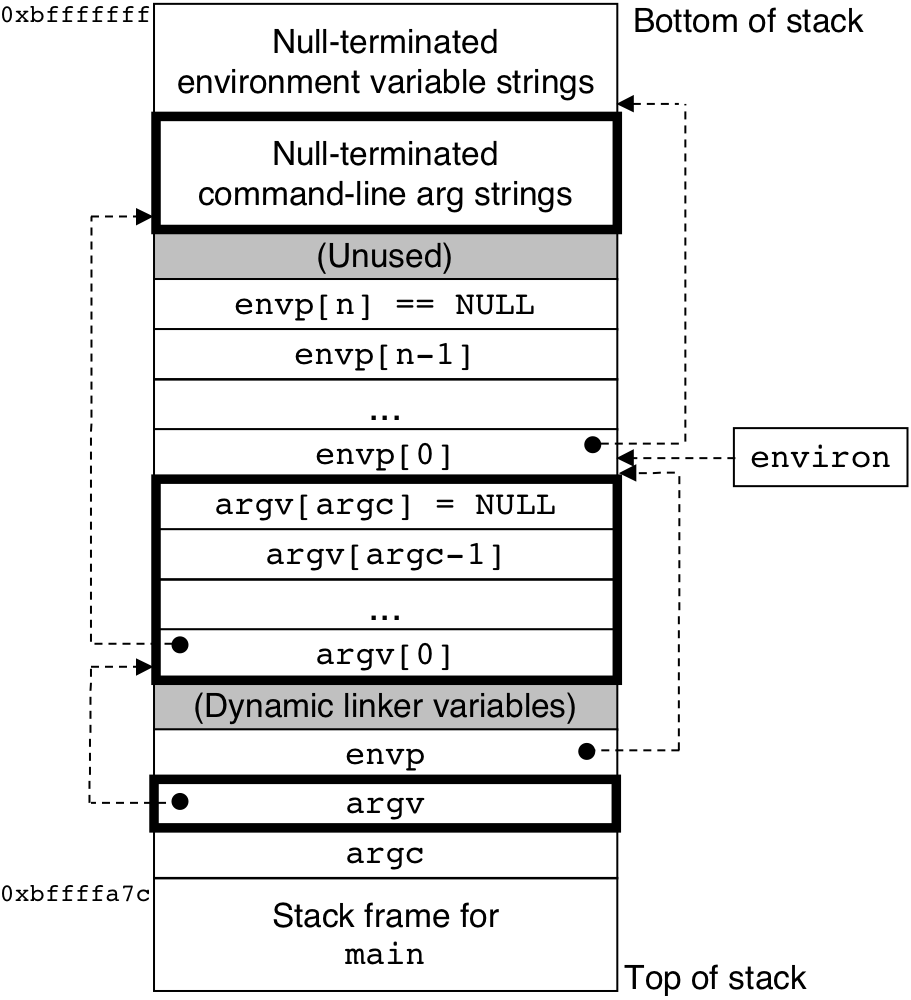
Figure 8.24: Foreground and background process groups.
